1. Zombie Stars: The Explosions That Won’t Quit
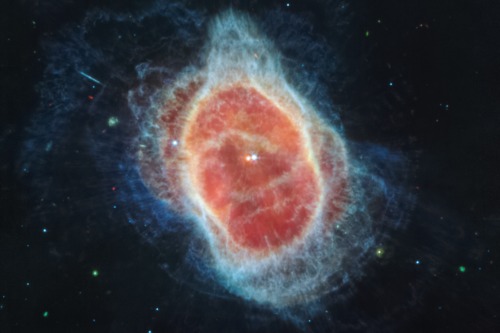
Some stars just refuse to die. These “zombie stars” explode as supernovae but reignite because of leftover material. They keep pulsating, like cosmic ghosts haunting the galaxy. NASA’s Hubble Telescope captured one such star, baffling scientists. It’s the kind of thing that makes you double-check your astrophysics textbook.
2. The Black Hole Burping Stars
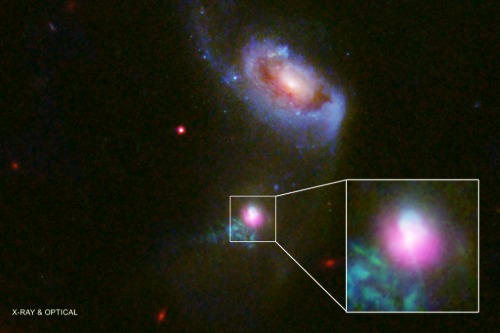
When NASA spotted a black hole burping out a star it had just devoured, the scientific community was baffled. Black holes are supposed to trap everything, even light, so how did this happen? Turns out, black holes can spit out some of the material they consume in the form of energy jets. It’s both terrifying and fascinating, like watching a cosmic predator defy the rules.
3. FRBs: The Mysterious Space Beacons
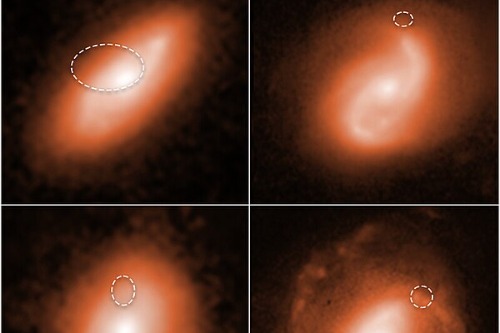
Fast Radio Bursts (FRBs) are millisecond-long bursts of radio waves that appear out of nowhere. When NASA began detecting these signals, they thought it might be a technical glitch. But they’re real, and some even repeat. Their source? Possibly neutron stars, but some theorists speculate they might be alien signals.
4. Rogue Planets Drifting Alone
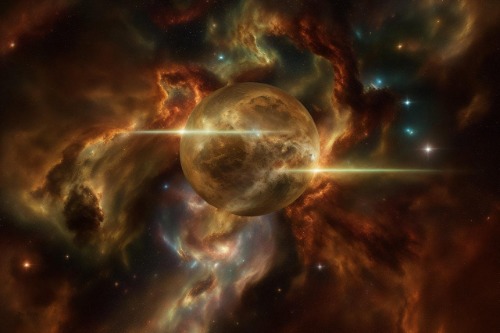
Most planets are bound to a star, but rogue planets? They wander the galaxy alone, untethered and cold. NASA estimates there could be billions of these drifters. What’s creepy is imagining what might exist on a planet with no sunlight and no fixed orbit—a world of eternal night.
5. The Boötes Void: A Cosmic Desert

Imagine finding a region in space so empty it defies logic. That’s the Boötes Void, a massive stretch of space with hardly any galaxies. Spanning 330 million light-years, it’s an eerie silence in the cosmic choir. How did it get so empty? No one knows. Theories range from galaxy mergers to something even more unsettling—alien megastructures clearing out the space.
6. The Great Attractor’s Mysterious Pull
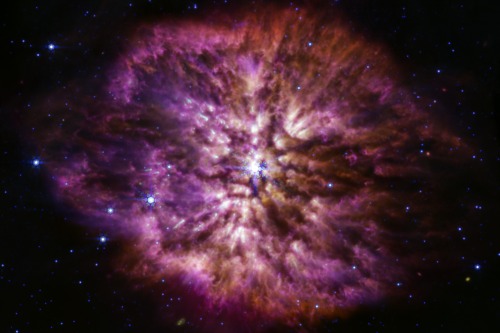
Earth, the Milky Way, and many other galaxies are being dragged toward a region of space called the Great Attractor. The problem? We can’t see what’s causing it because it’s shrouded by the Milky Way’s dust. Whatever’s there has an immense gravitational pull. Theories range from a giant black hole to an entire supercluster of galaxies.
7. The Dark Energy Crisis
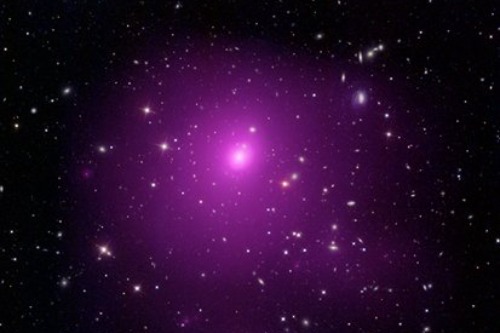
Dark energy makes up about 68% of the universe and is responsible for its rapid expansion. The problem? We have no idea what it actually is. NASA has detected its effects through telescopes, but understanding it is like trying to solve a puzzle with most of the pieces missing.
8. Saturn’s Hexagonal Storm
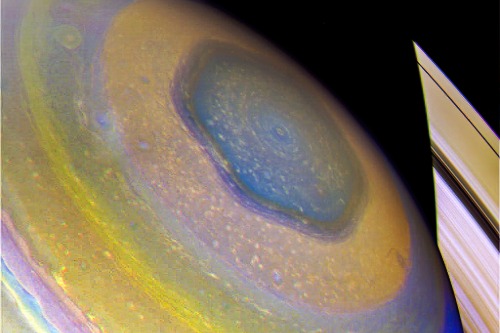
NASA’s Cassini spacecraft revealed Saturn’s north pole has a storm shaped like a hexagon. A hexagon. Nature doesn’t just do that, does it? The storm, which is 20,000 miles wide, is still a mystery. Some theorists suggest it could involve a strange atmospheric phenomenon—or something more unnatural.
9. The Pillars of Destruction
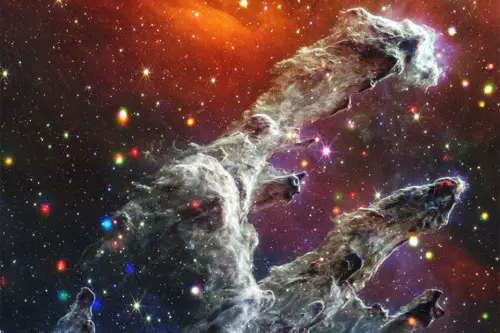
The Pillars of Creation, captured by the Hubble Telescope, are a stunning nebula where stars are born. But NASA discovered they’re also destroying stars with high-energy radiation. These “Pillars of Destruction” make you realize that even beauty in space has a lethal side.
10. The Cold Spot in the Cosmic Microwave Background
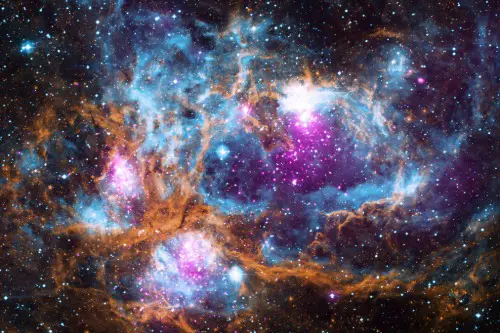
The universe is filled with faint radiation from the Big Bang, but NASA discovered an odd “cold spot” where the temperature drops unusually low. It’s so strange that some physicists have suggested it might be evidence of a parallel universe colliding with ours.
11. The “Wow!” Signal
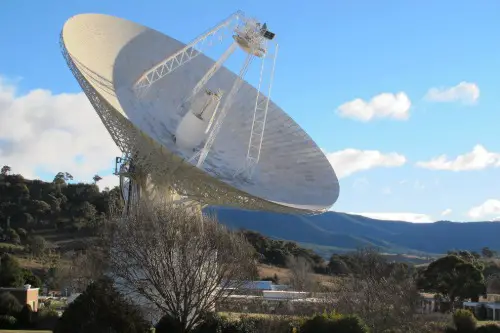
In 1977, a telescope picked up a strong, unexplained radio signal from space. Astronomers nicknamed it the “Wow! Signal” because of its intensity and clarity. Decades later, NASA still hasn’t identified its source, leaving us to wonder if someone—or something—was trying to say hello.
12. Gamma-Ray Bursts: Cosmic Death Rays
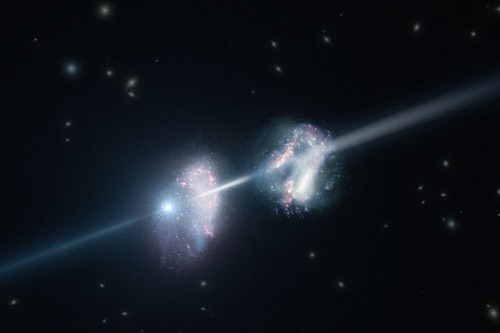
NASA has detected gamma-ray bursts (GRBs) that could wipe out life on Earth if they hit us. They’re the most powerful explosions in the universe, released when massive stars collapse or merge. Thankfully, they’re rare and far away—but the thought is enough to send shivers down your spine.
13. The Kuiper Cliff: A Dead Zone Beyond Pluto
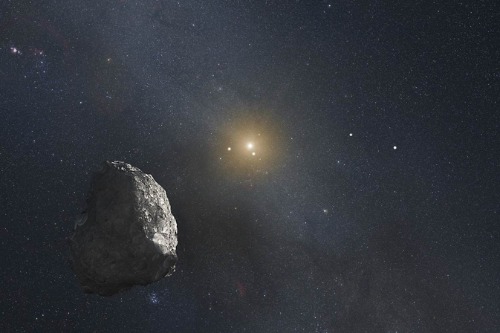
Beyond Pluto, there’s a mysterious drop-off in the number of objects in the Kuiper Belt. Known as the Kuiper Cliff, it has baffled scientists. Why is there such an abrupt edge? Some theorize a massive, unseen planet—or even a black hole—might be clearing the area.
14. Oumuamua: The Interstellar Visitor
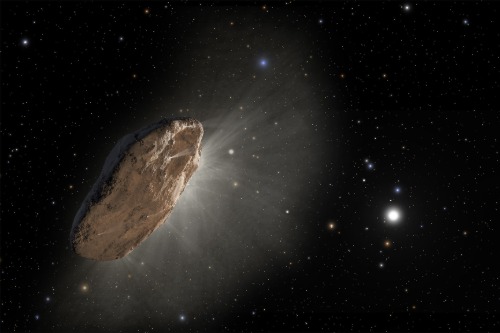
In 2017, NASA spotted Oumuamua, a cigar-shaped object from another star system, speeding through our solar system. It didn’t behave like a typical asteroid or comet, sparking wild theories about alien probes. While scientists now think it’s a natural phenomenon, its bizarre characteristics still fuel speculation.
The universe may be beautiful, but it’s also a reminder of how little we truly understand. Every discovery is a mix of awe and dread, reminding us just how small—and unprepared—we are in the grand cosmic scheme.


